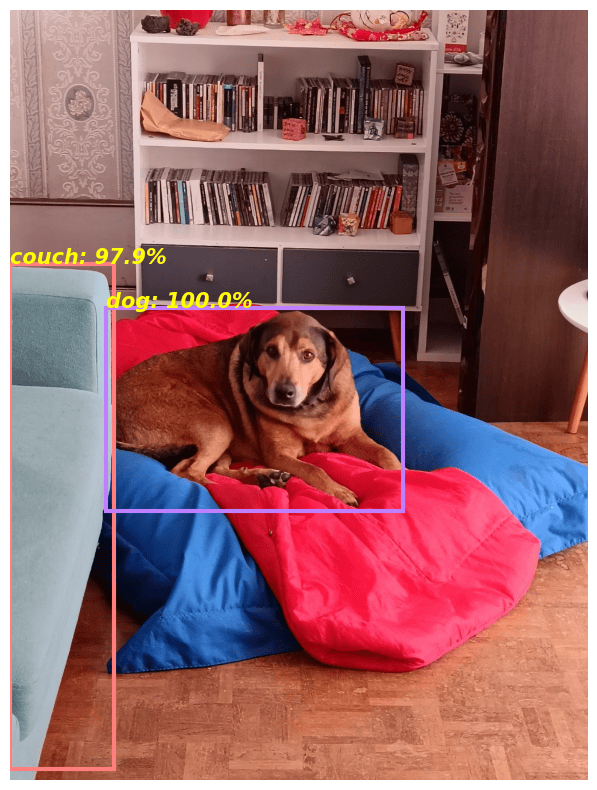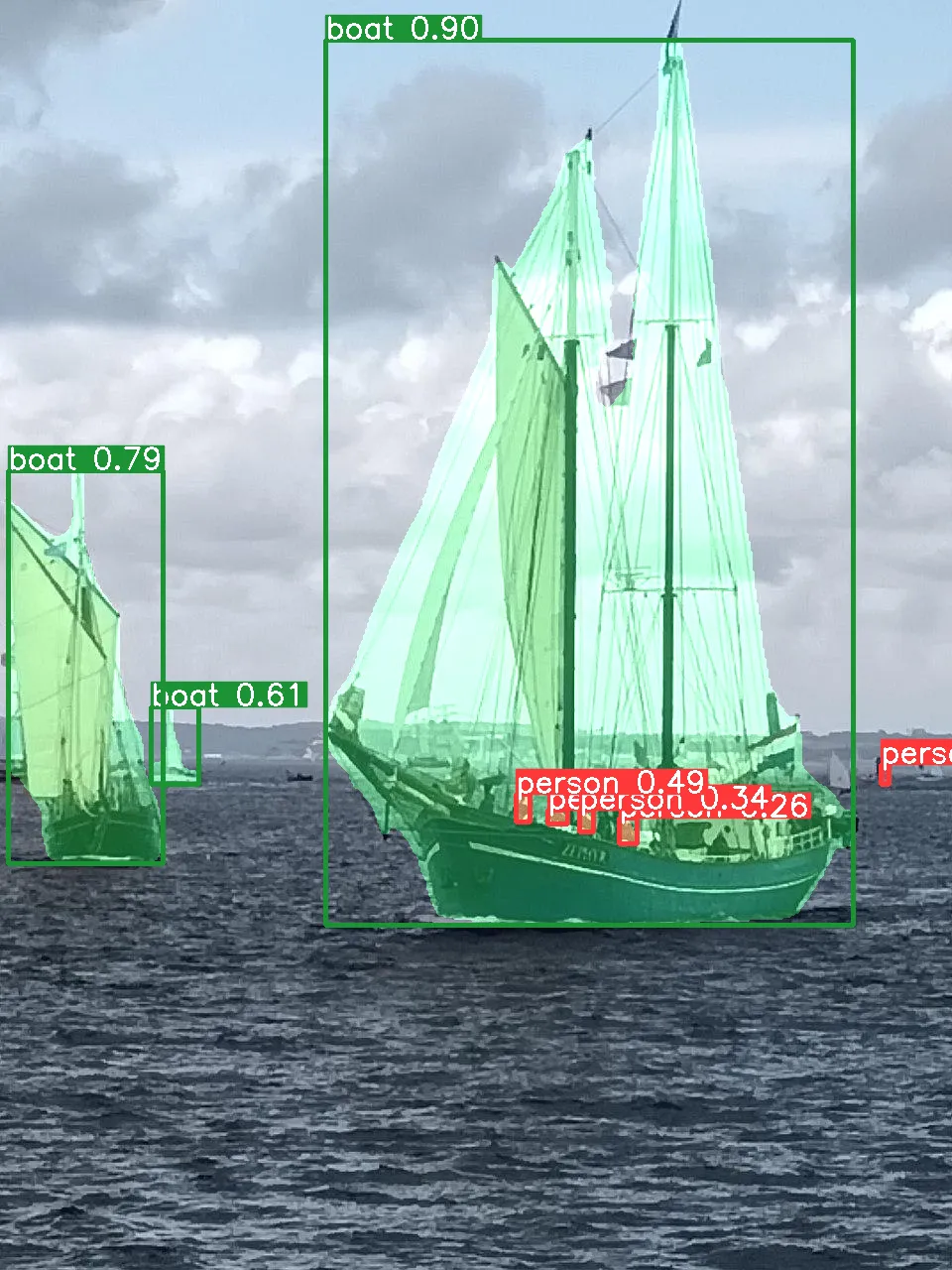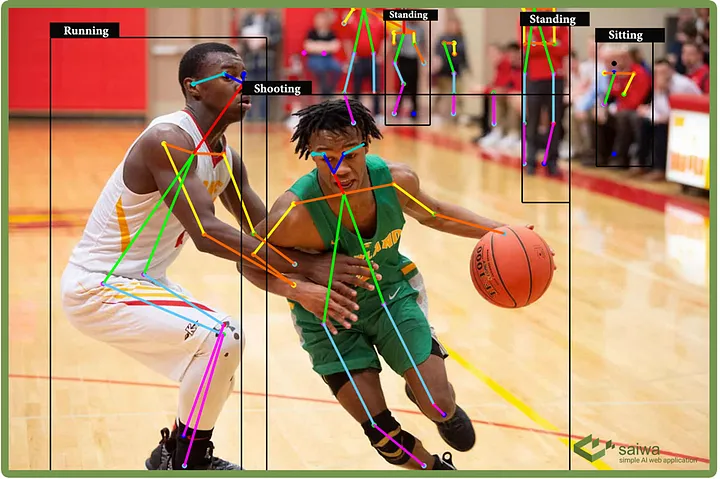Applications of machine learning
Reading time10 minIn brief
Article summary
This article gives a non exhaustive list of applications of artificial intelligence. It aims at illustrating the diversity and prevalence of ML-based approaches in the current world.
Main takeaways
-
Most impressive breakthroughs in AI have been done in computer vision and natural language understanding.
-
AI is also applied to other modalities such as sound, tabular data, medical imaging and time series.
-
Finally, AI is impacting scientific discovery, as it has been already demonstrated in biology.
Article contents
AI is generally applied to a particular modality (i.e. family of data), that defines the set of tasks that are studied. Below, we present some of the most succesful such domains.
1 — Computer vision
Computer vision is the domain that manipulates images to make decisions out of them. The most common applications in computer vision are the following:
-
Image classification – Classify the main category that is represented in the image (e.g., ViT, ResNet).
E.g., for the following picture, a model should predict “Duck”.

-
Object detection – Detect and localize all instances of known objects in an image. The result is a “bounding box” around each recognized object, with its probability (e.g., YOLO, DETR).
E.g.,


-
Semantic segmentation – Each pixel of the image is associated with a specific predefined categories (e.g., SAM 2).
E.g. (source),

-
Human pose estimation – Predicting the pose/action based on a picture (e.g., Open Pose).
E.g. (source),

-
Applications of these tasks to biomedical imaging: tissue segmentation (e.g. tumor, organs), automatic diagnosis, predictive medicine
2 — Large language models
Language models, which process text, have progressed dramatically in the last two decades. In particular, since 2019, Large Language Models (LLM) are being developped and are now very successful in solving a wide range of language understadning tasks.
LLMs are very large deep learning models that can model several languages and solve tasks such as:
- Translation between languages.
- Reformulation, summary.
- Question answering.
- Basic reasoning tasks.
- Conversation, role play.
- Software coding.
- …
Notably, modern LLMs are trained to be very good at answering requests, take context into account, and converse with a human. Here are some famous examples of LLMs:
- GPT series from OpenAI: GPT3.5, GPT4, GPT4o, … that enable ChatGPT.
- Llama 3, from Meta.
- Mistral, from the company of the same name, several models.
- Gemini from Google.
- Copilot from Microsoft.
- Claude, from Anthropic.
3 —Speech applications
How to process oral speech? Here are some possible things you can do:
- Speech to text – Transcribe speech into written text (e.g., Whisper).
- Text to speech – Generate speech from text (e.g., SpeechT5, demo of Edge TTS (Microsoft)).
- Voice cloning – Clone your voice in a different language XTTS.
4 — Signal processing applications
Audio is also a very common data modality. Here are a few things using AI on such data:
- Bioacoustics – Bird species recognition using BirdNET.
- Audio tagging – Recognize all sounds in an audio recording (e.g., PANNs, AST).
- Sound event detection – Detect the beginning (onset) and ending (offset) of sounds from an audio recording.
- Sound event localization and detection – Like detection, but with adding localization (direction of arrival and distance).
- Automatic music transcription – Re-create the transcription from a song.
- Musical source separation – Split a song into instrumental tracks.
- Music tagging – Ease referencing of a song by learning relevant tags.
- Marine mammal identification – Using underwater acoustical recordings, identify species.
- Brain computer interfaces using electroencephalography (EEG) – Automatically control devices from brain signals for disabled persons.
- Automatic diagnosis using electrocardiography (ECG) – Monitor health.
- Forecasting of timeseries – Predicting the future of a time series. Can be done in many domains, such as finance, energy, biosignals, weather, etc.
5 — Other applications
There are many other sorts of data. Here are some awesome successes of AI for some examples that do not fall in the categories above:
- Biology – Protein structure prediction using amino acid sequence. (e.g., AlphaFold, AlphaProteo).
- Games – Playing go, chess or video games (e.g., AlphaGo, AlphaStar, Agent57).
To go further
Looks like this section is empty!
Anything you would have liked to see here? Let us know on the Discord server! Maybe we can add it quickly. Otherwise, it will help us improve the course for next year!
To go beyond
Looks like this section is empty!
Anything you would have liked to see here? Let us know on the Discord server! Maybe we can add it quickly. Otherwise, it will help us improve the course for next year!